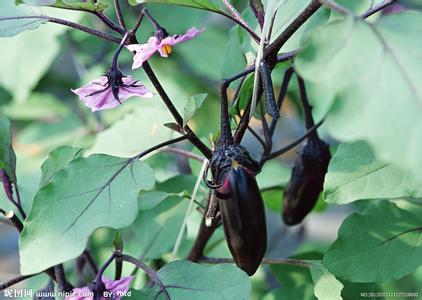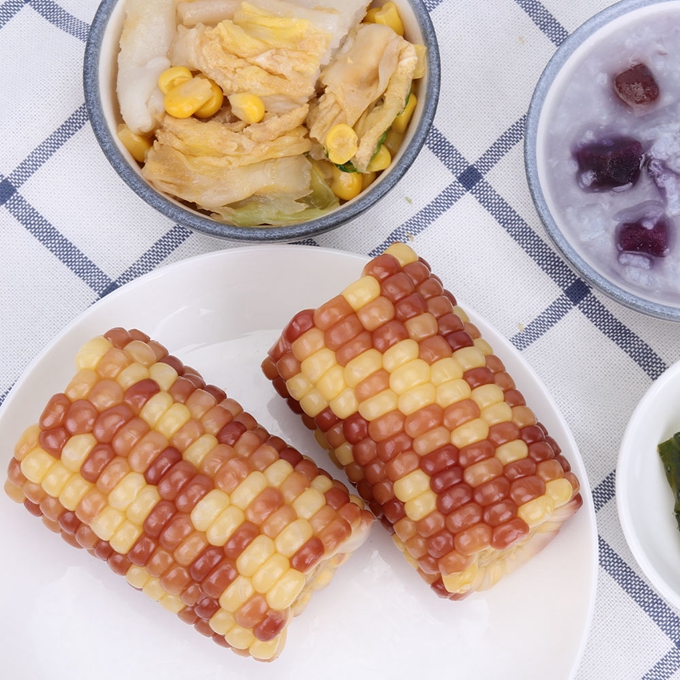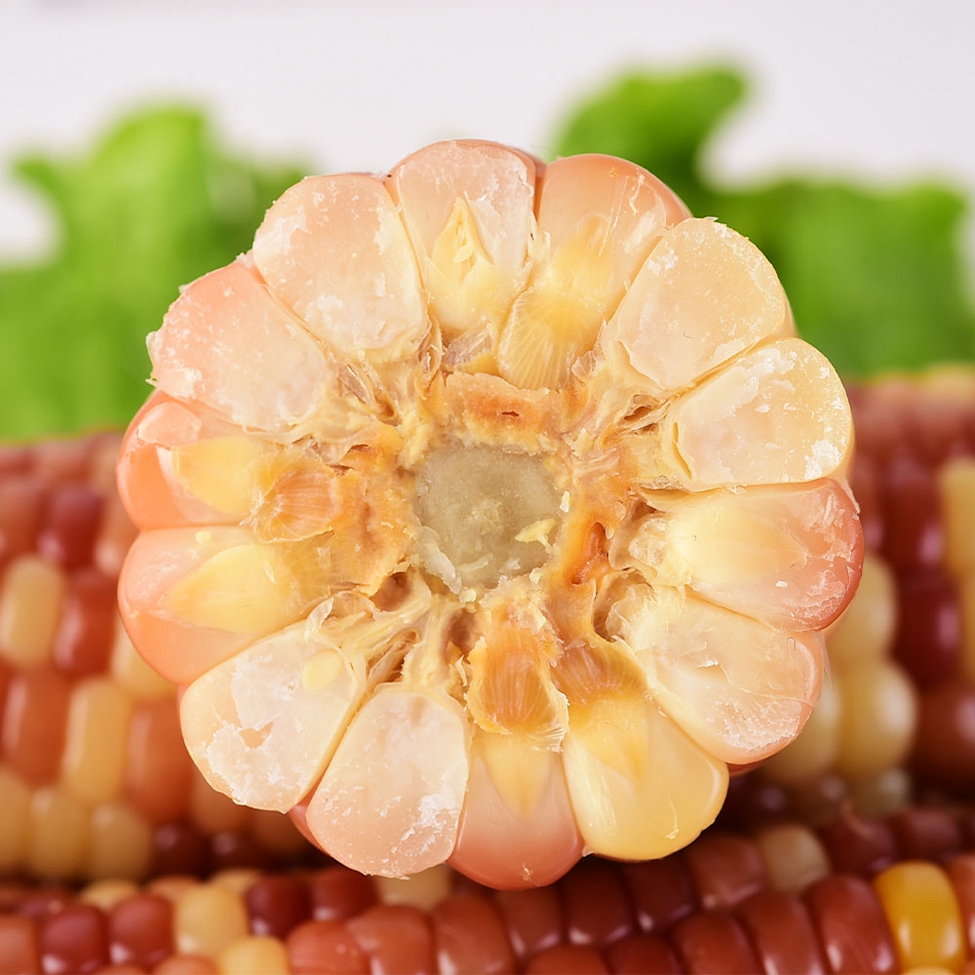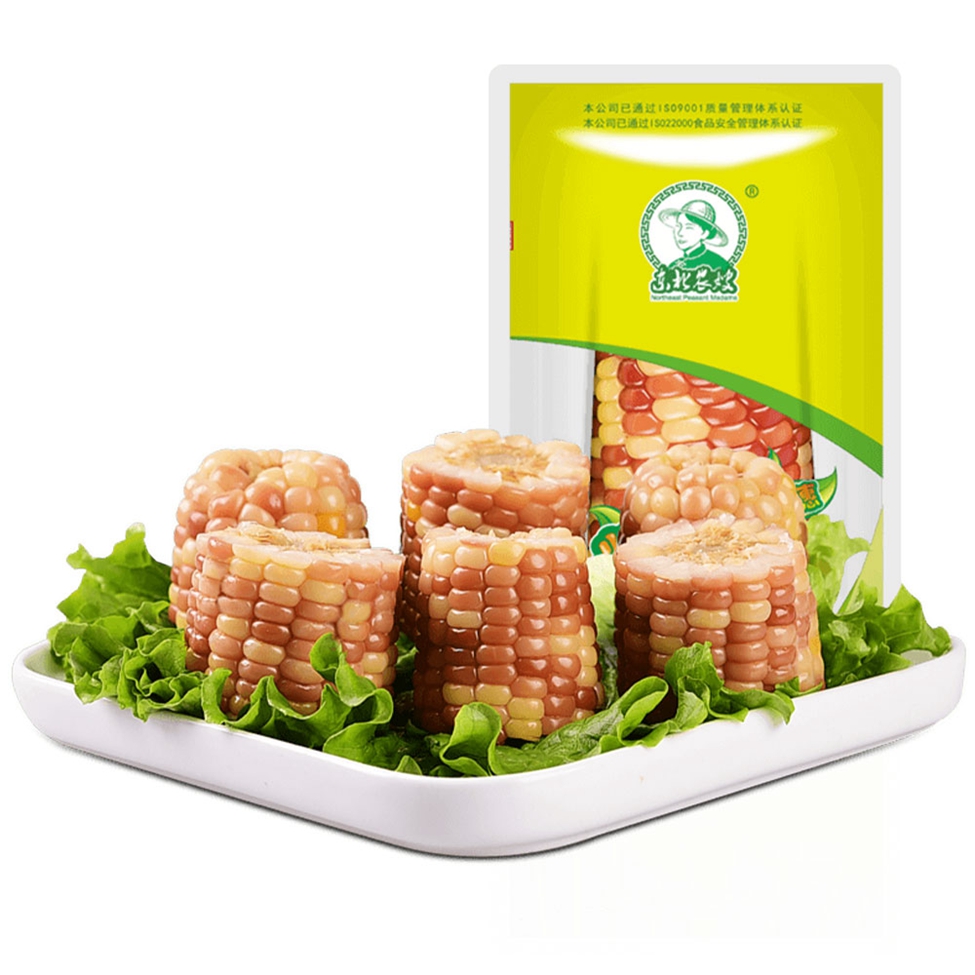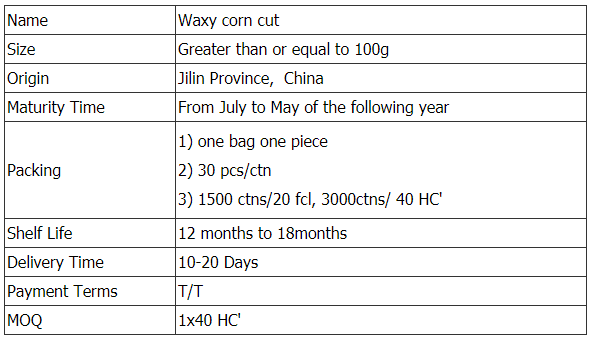Anti-season eggplant cultivation management technology
Eggplant nutrition is rich, not only can provide the necessary trace elements for the human body, as well as cholesterol, anti-cancer and other effects, is one of the most commonly eaten vegetables in human life, but also a vegetable crop with relatively high economic returns. The key to high-yield fertilization management of eggplant is the key point. Now we will elaborate the cultivation and management techniques of eggplant during the whole growth period as follows: Seedling: Solanaceae plant soil-borne disease is more serious, with ordinary matrix mixed with 0.1% of Golden Baby microbial fertilizer fertilizer seedbed can effectively prevent the occurrence of Solanaceae disease transmission, rootstock seedlings in advance a week. Grafting: Usually nursed in mid-September, the rootstock grows to six to seven true leaves, and the scion grows to five to six true leaves to begin grafting. Ten days after grafting, the wounds healed. To reduce the disease, promote the robustness of the plants and increase the survival rate, 500-1000 times of the golden babe microbial fertilizer solution was sprayed before grafting. Dark treatment was carried out three days after grafting. The humidity was maintained at 90%-95% in five days and the temperature was maintained at 20°C-25°C. Colonization: In northern regions, in early December, eggplant began to colonize. However, during planting period, eggplant is susceptible to soil-borne diseases such as verticillium wilt and brown rot. It is recommended that 1500-2000 kg of organic fertilizer should be applied per mu, and 2 to 3 kg of microbial fertilizer should be used if possible. 300 to 500 g of boron and 2 to 3 kg of calcium fertilizer. It can ensure that the eggplant shortens the time of seedlings, improves the survival rate, the plants are robust and the root system is developed. Fertilization: The eggplant has a long growth cycle, large plant growth, and high yield. Therefore, it is necessary to apply fertilizer on the basis of replanting basal fertilizer. This is one of the main measures for obtaining high quality and high yield of eggplant. Generally after the establishment of slow seedlings, a compound fertilizer is applied in combination with watering. After entering the result period, especially when the door eggplant begins to enlarge, it can cooperate with the microbial biological fertilizer to top-up one organic fertilizer, applying 1500 kg of organic fertilizer per mu and combining 1 kg of bio-fertilizer. Because the eggplant's fruiting is periodic, there are 2-3 cycles throughout the result period, and the degree of cycle undulation is related to the amount of fertilizer and the number of top dressings. In general, more fertilization and diligent fertilization will result in less pronounced fluctuations in the cycle, yields can be significantly increased, and small amounts of fertilization and fewer top dressings, that is, periodic ups and downs, resulting in reduced yields. Therefore, in the result period, fertilizer should be applied once every 10 days or so, and 10-15 kg of special compound fertilizer should be applied per acre combined with 1-2 kg of microbial fertilizer for Jinbao or 1000-1500 kg of diluted manure. Since the root system of eggplant is deeply plunged into soil, the topdressing method should adopt deep application, which can increase the fertilizer utilization rate. Each time the top dressing should be grabbed when the previous batch of fruit has been harvested, and the next batch of fruit is rapidly expanding, seizing this critical period of topdressing fertilizer can significantly improve the effect of fertilizer application. In addition, due to the large leaves of eggplant, if necessary, can be used for top dressing; especially in the case of mulching, more attention should be paid to foliar dressing, top dressing species can use potassium dihydrogen phosphate, urea, 500-1000 times dilution of microbial fertilizer Liquid can play the dual role of maintaining seed and fruit. Eggplant has a long growth cycle and many diseases. Preventing rational fertilization in advance is an important factor for high yield. The probiotics in the biological bacterial fertilizer can not only decompose the organic matter in the soil, improve the soil, and increase the fertilizer efficiency, but also can inhibit the growth and reproduction of harmful bacteria in the soil and promote the healthy and high yield of eggplant. Details can be consulted: Beijing Huaxia Kangyuan Technology Co., Ltd. telephone toll-free hotline Recommended reading 1, tomato high yield fertilization technology 2, watermelon early yield increase sweetening have a good recipe
Color waxy corn is generally white, yellow, red, purple and black, white, yellow and purple corn is the basic color. The purple gene in a purple/white hybrid will naturally become purple if it "beats" the white gene, and vice versa, if it's a tie, what we see is a white/purple corn. Purple can turn into red corn and black corn, which is often called "red is purple, black is purple."
Mottled Corn Cut,Non Gmo Corn Cob,Mottled Waxy Corn Cut,Non Gmo Corn Cob Cut Jilin Province Argricultural Sister-in-law Food Co., Ltd. , https://www.nongsaocorns.com